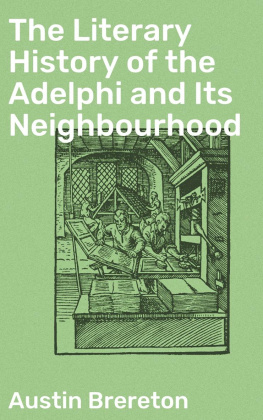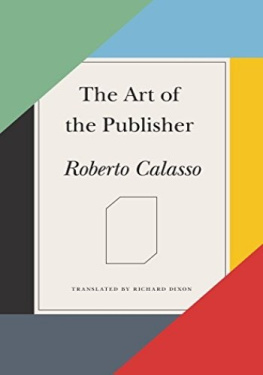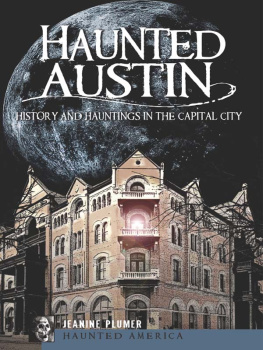CHAPTER I
Anthony Bek, Bishop of DurhamThe Papal Legate and the Oxford ClergyHenry III. and the Earl of LeicesterPrince HenryThe Author of PhilobiblonEdward III.Thomas HatfieldHenry VIII.Cuthbert TunstallCranmer at Durham HouseAnne BoleynHenry VIII. and Anne of Cleves feast at Durham HouseDudley, Duke of NorthumberlandLady Jane GreyQueen MaryQueen ElizabethPhilip SidneySir Walter RaleighElizabeth ThrogmortonGlanville v. CourtneyThomas EgertonFire at Durham HouseRaleigh and his Pipe.
It is my pleasant duty to relate in these pages the romantic story of kings and queens, of prelates and princes, of book-writers and book-sellers, of artists, architects, and actors, and of other players on life's fitful stage who, for six centuries and a half, have contributed to one of the most interesting chapters in the history of London. Within that small space which has been known as the Adelphi since 1772, a district so confined that it is contained within five hundred square yards, came, in its earlier years, several bishops and other clerical dignitaries, then that prince who was afterwards the fifth King Henry of England, anon, amid much pomp and pageantry, King Henry VIII. Queen Mary and Queen Elizabeth were familiar with it, and here lived, for twenty years, Sir Walter Raleigh, who inhabited one of the towers which is seen in Hollar's engraving of Durham House. Lady Jane Grey went hence to the Tower and thence to the scaffold. Dryden alluded to it in one of his plays. Voltaire drank wine here, and its memory is hallowed by Dr. Johnson, Oliver Goldsmith, Sir Joshua Reynolds, and a host of other celebrities. Here David Garrick began his career, and here, curiously enough, he ended it, the funeral procession of the "poor player" reaching from the Adelphi to Westminster Abbey, those who followed him to the grave numbering many men of rank and genius, including Johnson, and a large concourse of the general public who grieved for the loss of the great actor.
The history of the world-famous banking firm of Coutts & Co. is indelibly associated with the Adelphi. Dickens, when a boy, prowled about its dark archesuntil lately, one of the most degraded spots in Londonand last, though not least, the brothers Adam, to whom London owes several architectural triumphs, in addition to the Adelphi, claim our attention. It is said that at a public dinner, at the beginning of the last century, a worthy alderman whose knowledge of Greek was very vague, was much struck by the toast, in reference to two royal brothersGeorge IV. and the Duke of Yorkof "the Adelphi."[2] When it came to the alderman's turn to speak, he said that, as they were on the subject of streets, he would "beg leave to propose 'Finsbury Square.'" In somewhat similar manner, before we get to the Adelphi, we must go back to its origin, and this takes us to the thirteenth century.
Durham House, which, with its grounds, formerly occupied the entire site of the Adelphi, was the town residence of Anthony Bek (otherwise Anthony de Beck or Bec), Bishop of Durham in the reign of Edward I. So it is affirmed by Pennant, and there is no reason to doubt the assertion. Some mistakes have arisen on this point, in consequence, as it appears to me, of there having been two men of the same name, both of whom were bishops. Their ancestor, Walter Bek, came to England with William the Conqueror, and from his three sons sprang three great Lincolnshire families: Bek of Eresby, Bek of Luceby, and Bek of Botheby. Now, Bishop Antony Bek the second (12791343), son of Walter Bek of Luceby, constable of Lincoln Castle, was at one time Bishop of Lincoln, and, in 1337, Bishop of Norwich. But Antony Bek, son of Walter Bek, baron of Eresby, was appointed to the see of Durham in 1283. He was intimately associated with Edward I., being one of his chief advisers during the negotiations regarding Baliol, and of great assistance to him in his Scottish expeditions of 1296 and 1298. Owing to a dispute with the prior of the convent of Durham, he was deprived of certain of his rights by the king (but regained them on application to the Pope). As this, however, occurred in the year 1300, it may safely be assumed that Antony Bek had occupied Durham House before that event.
But there was a Durham House even earlier than this of Antony Bek's, if we are to credit an account given by Thomas Fuller. Here, in 1238, the papal legate, Otho, was staying, and hither he summoned the English bishops in order to debate as to what "further steps should be taken respecting the churches and schools of Oxford, which he had laid under interdict on account of the scholars having, when the legate was staying at Oseney, killed his brother and clerk of the kitchen in an affray,"[3] the legate himself being obliged to fly from the city. At the intercession of the bishops, the legate assented to pardon the university on condition of the clergy and scholars making their "solemn submission" to him. As a result, the offenders "went from St. Paul's in London to Durham House in the Strand, no short Italian, but an English long, mile, all on foot; the bishops of England, for the more state of the business, accompanying them, as partly accessory to their fault, for pleading on their behalf. When they came to the Bishop of Carlisle's house, the scholars went the rest of the way barefoot, sine capis et mantulis, which some understand, 'without capes or cloaks.' And thus the great legate at last was really reconciled to them."[4]
Some of these old chronicles are not always to be relied upon in the matter of dates: "This howse called Durham, or Dunelme Howse, was buylded in the time of Henry 3, by one Antonye Becke, B. of Durham. It is a howse of 300 years antiquitie; the hall whereof is statelie and high, supported with lofty marble pillars. It standeth on the Thamise veriye pleasantlie." So wrote one historian in 1593. But Henry III. died in 1272, eleven years before Bek was made Bishop of Durham. That there was a Durham House of sorts before Bek's time is pretty certain, although it was not the one that is attributed to that bishop. The story has often been told of Henry III., in 1258, being caught in a thunderstorm on his way down the Thames on his barge. At that time, the Earl of Leicester was the head of the barons who were opposed to the king, and it is said that he was then in occupation of Durham House (we have already seen that the papal legate was installed there twenty years earlier). Be this as it may, the king sought shelter from the storm, and, as the royal barge approached the shore, the Earl of Leicester went forth and endeavoured to allay any fears that the king might have felt, saying, "Your Majesty need not be afraid, for the tempest is nearly over." But the king, being moved to wrath, fiercely exclaimed, "Above measure, I dread thunder and lightning, but, by the head of God, I am more in terror of thee than of all the thunder and lightning in the world." Though this story may be doubted, one early royal memory of Durham House is that of Prince Henry (Henry V.), who, in 1411, "lay at the bysshoppes inne of Darham for the seid day of his comming to towne unto the Moneday nest after the feste of Septem fratum."[5]
That most correct of London historians, John Stow, sets down the fourteenth century as the date of Durham House. "On the south side of which street" (meaning the Strand, which had no name in Stow's time), he says, "in the liberties of Westminster (beginning at Ivy Bridge), first is Durham House, built by Thomas Hatfield, Bishop of Durham, who was made bishop of that see in 1345, and sat bishop there thirty-six years." But we have already seen from Fuller, whose












